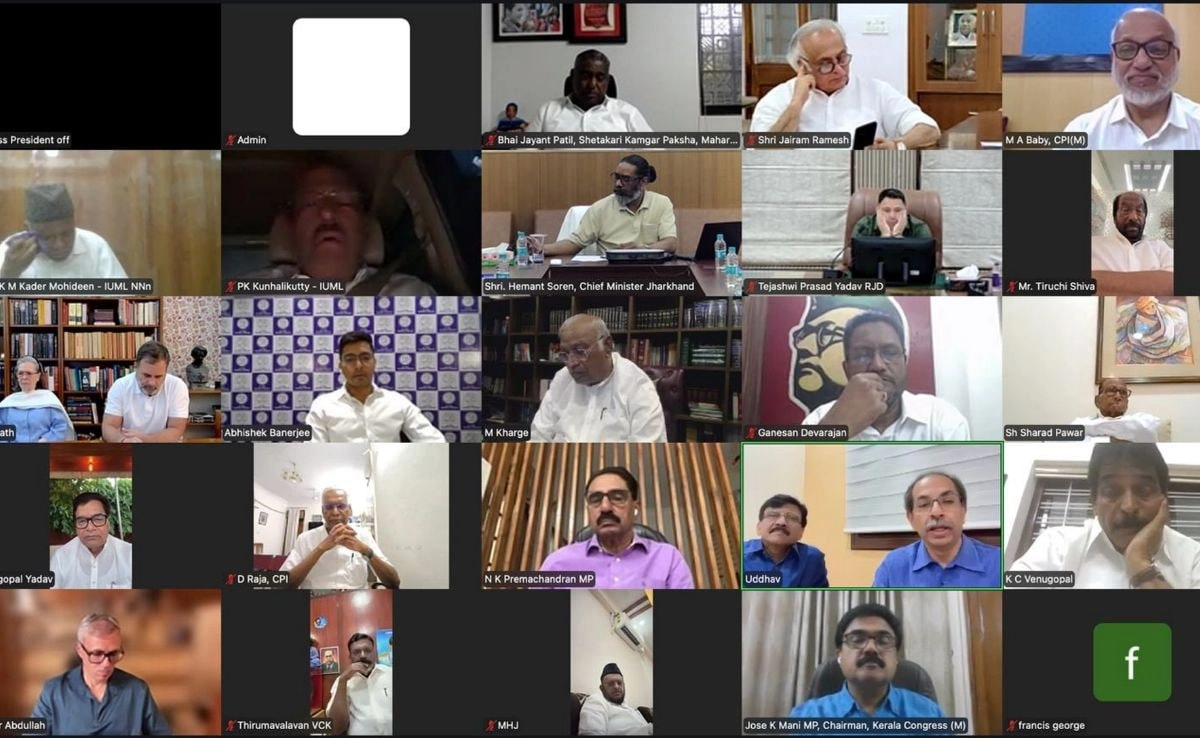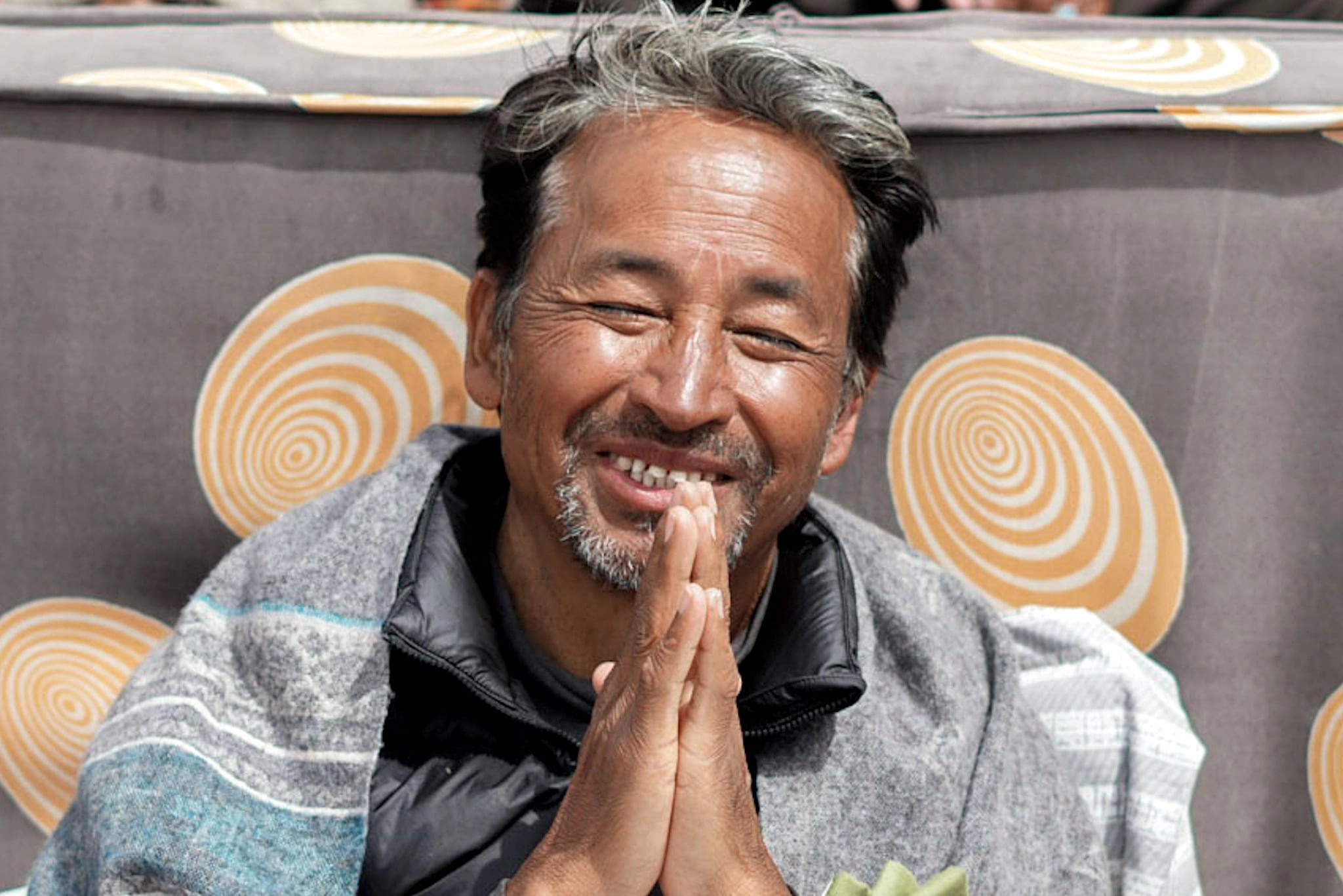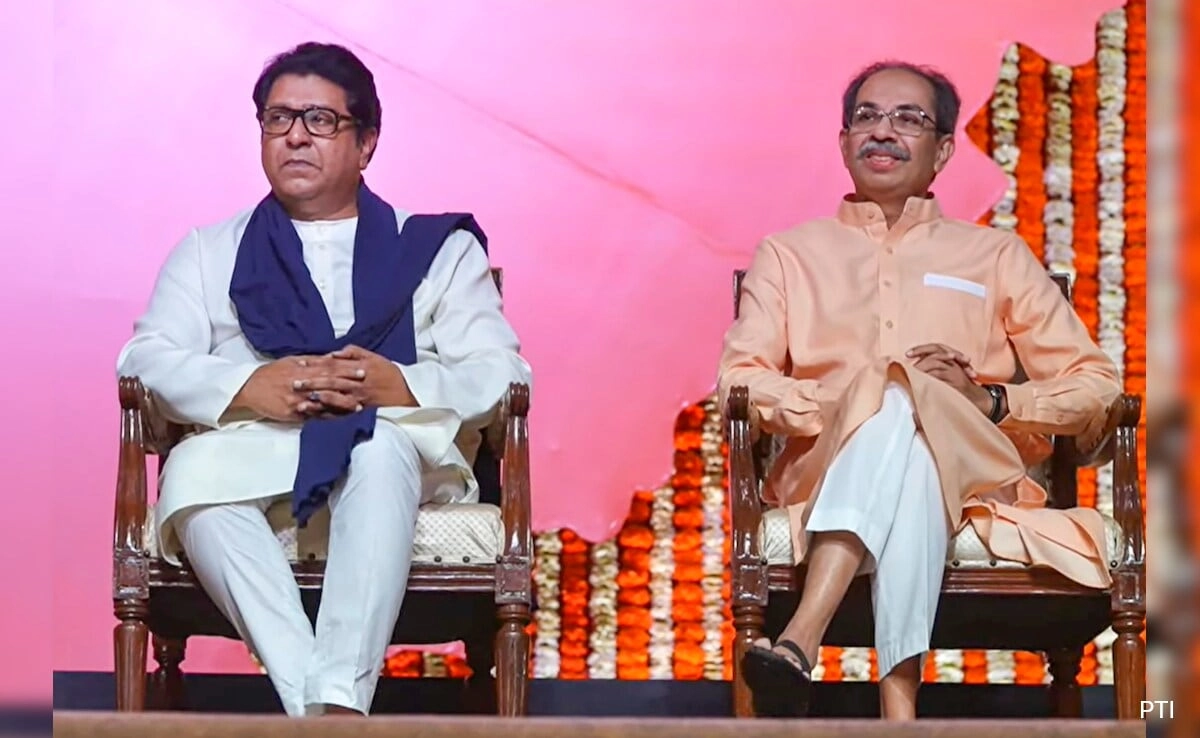In a significant escalation of tensions along the borders of Manipur, a group representing the Naga community has initiated a blockade of major highways in the region. This action is aimed at compelling the central government to cease the ongoing border fencing activities that they perceive as encroachments on their ancestral lands. The protesters argue that the fencing not only disrupts the socio-economic fabric of the local communities but also exacerbates longstanding grievances related to land ownership and identity. By obstructing key transportation routes, the Naga body is sending a clear message to the authorities about their discontent and the urgent need for dialogue.
The blockade has resulted in considerable disruption, affecting the movement of goods and people across the highways that connect various parts of the state. Local businesses are feeling the pinch as supply chains are interrupted, leading to shortages of essential commodities. This situation has raised concerns among citizens who are caught in the crossfire of a political dispute that has deep historical roots. As tensions escalate, the need for a peaceful resolution becomes increasingly critical. Many community leaders are calling for the central government to engage in talks with Naga representatives to address their concerns about border fencing and its implications for their rights and livelihoods.
The Naga community’s demand highlights the broader issue of territorial disputes in Northeast India, where multiple ethnic groups coexist with distinct cultural identities. The ongoing fencing activities are perceived as an infringement on the Naga people’s rights to their traditional lands, stirring feelings of resentment and mistrust towards the central authorities. As the blockade continues, it remains to be seen how the government will respond to the protesters’ demands. The situation poses a challenge not only to law enforcement but also to the political leadership, which must navigate the delicate balance between maintaining order and addressing the legitimate concerns of the Naga community.
While the central government has been focused on infrastructure development in border areas, the Naga protesters are calling for a more inclusive approach that respects their historical claims and cultural significance of the land. As this standoff continues, the need for a comprehensive dialogue that includes all stakeholders is becoming increasingly urgent. Only through constructive engagement can the government hope to resolve the underlying issues that have led to this blockade and foster lasting peace in the region. The outcome of this confrontation will have significant implications for the future of Naga identity and the broader socio-political landscape of Manipur and its surrounding areas.




